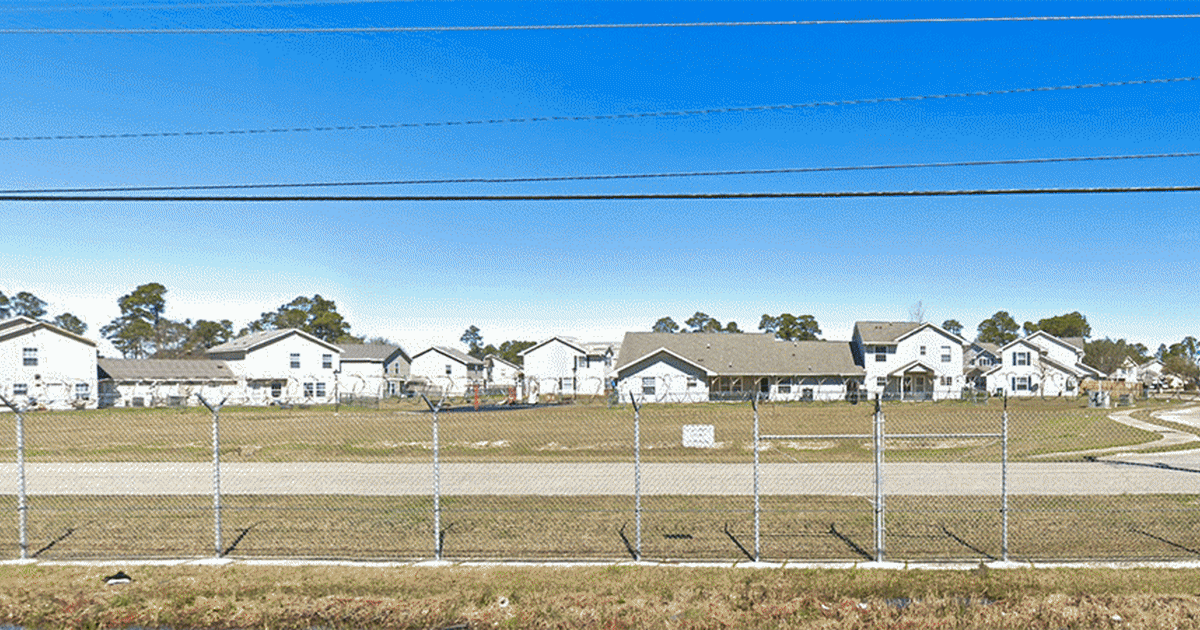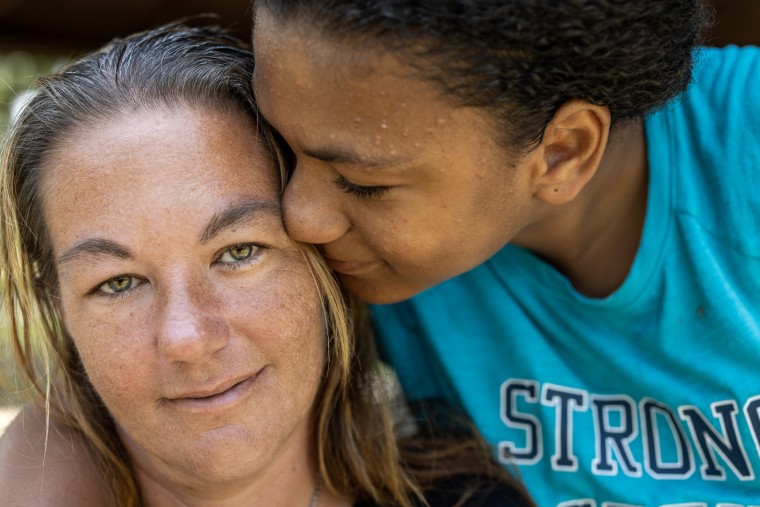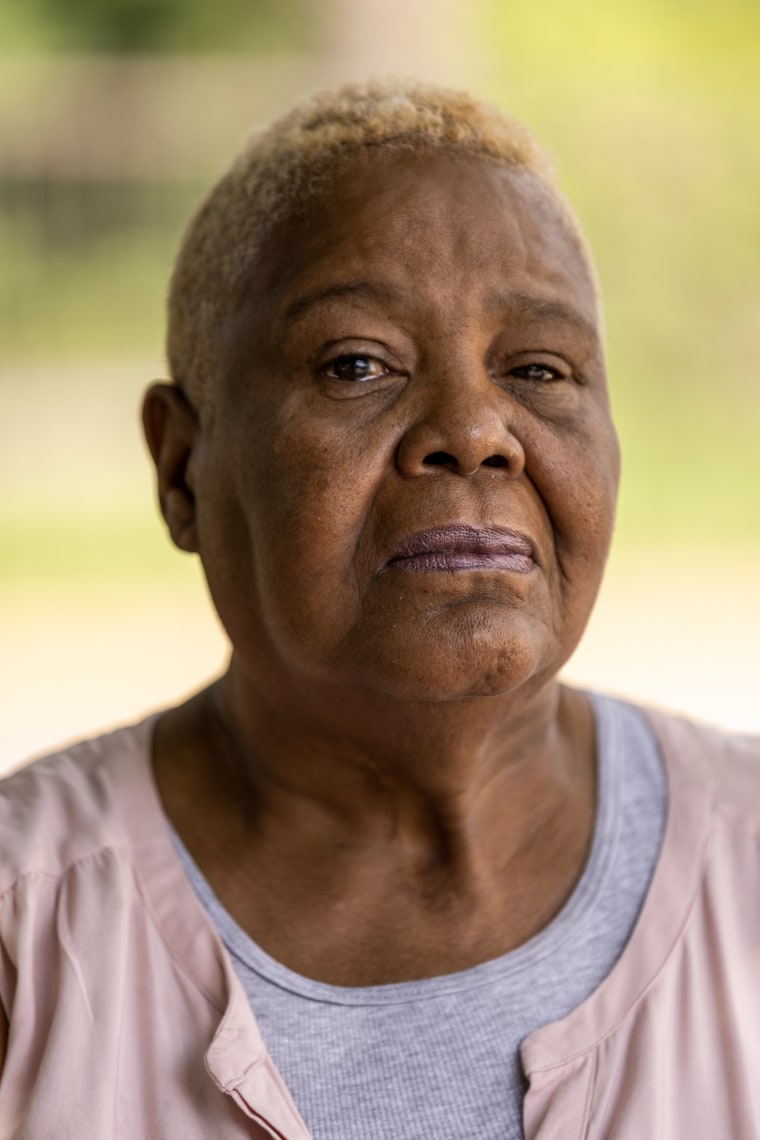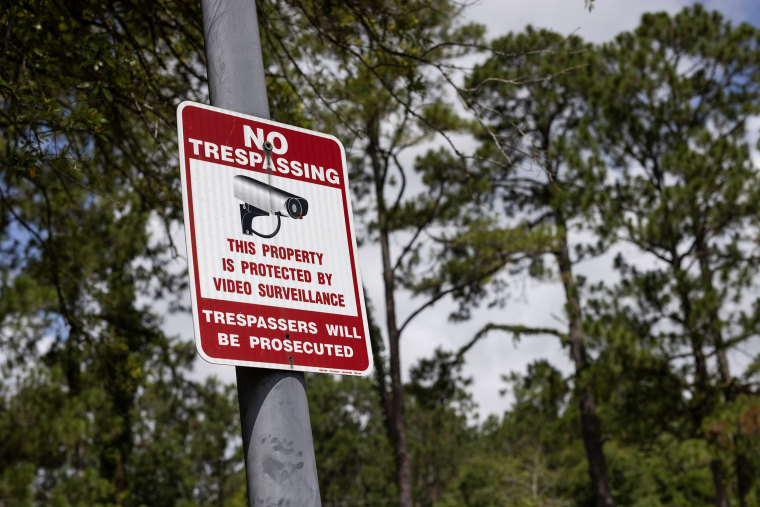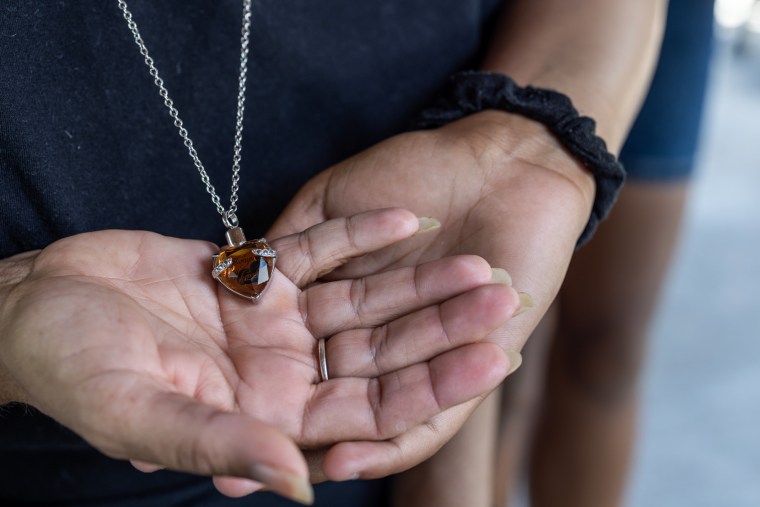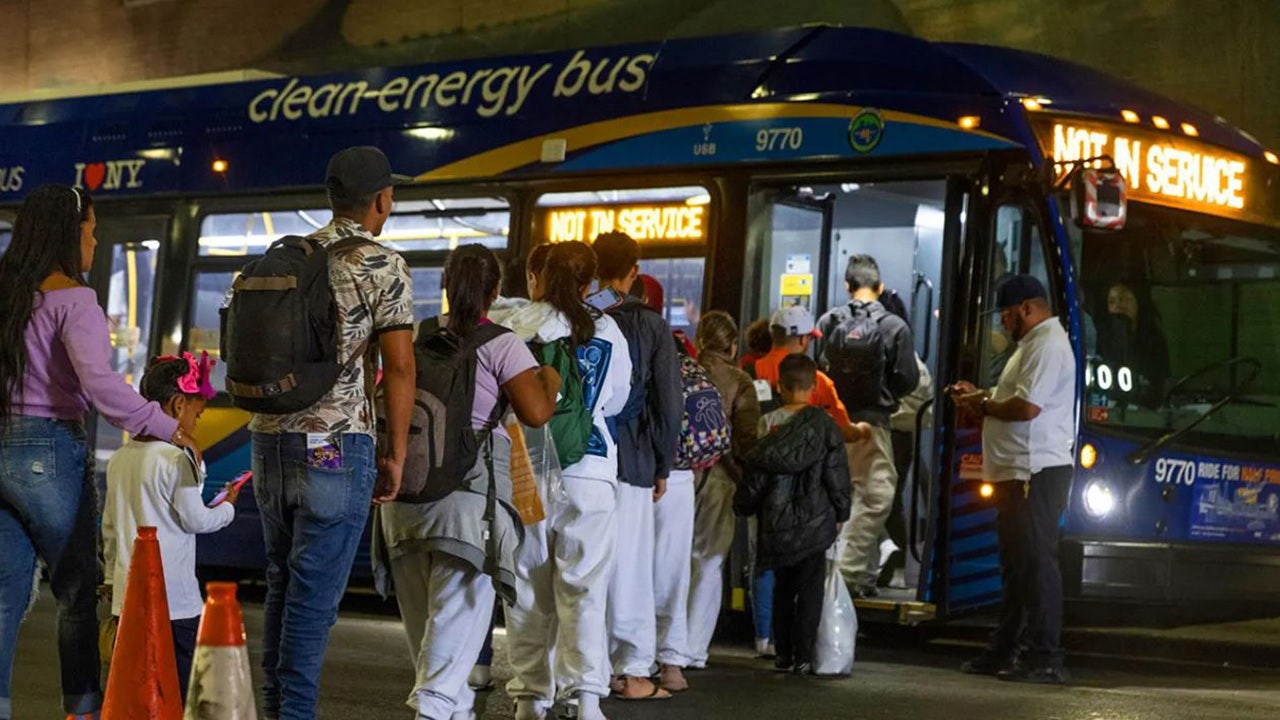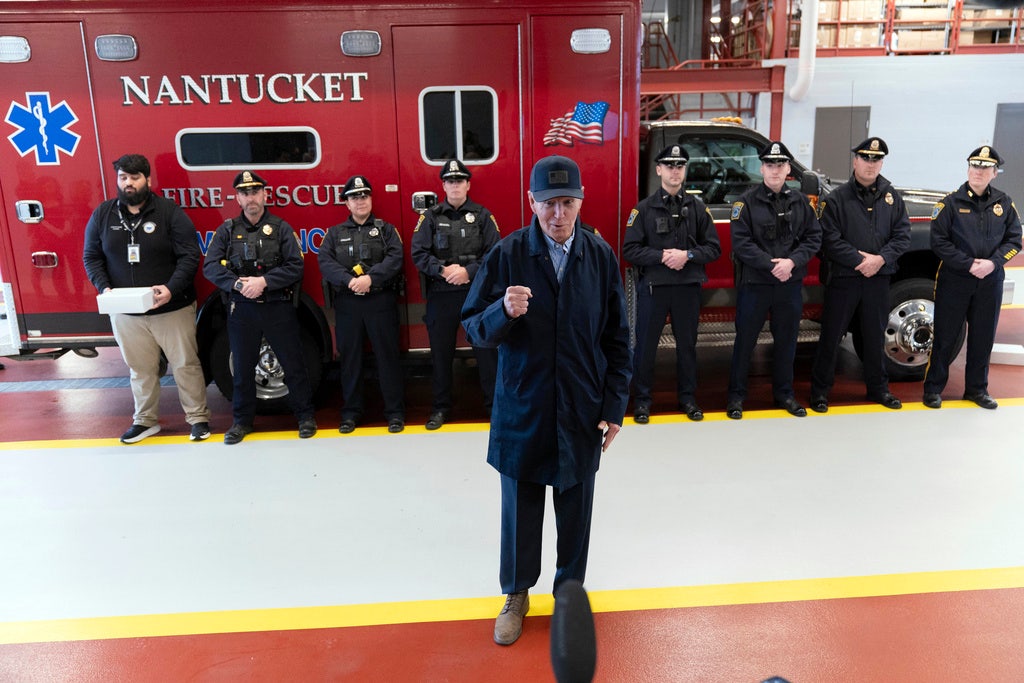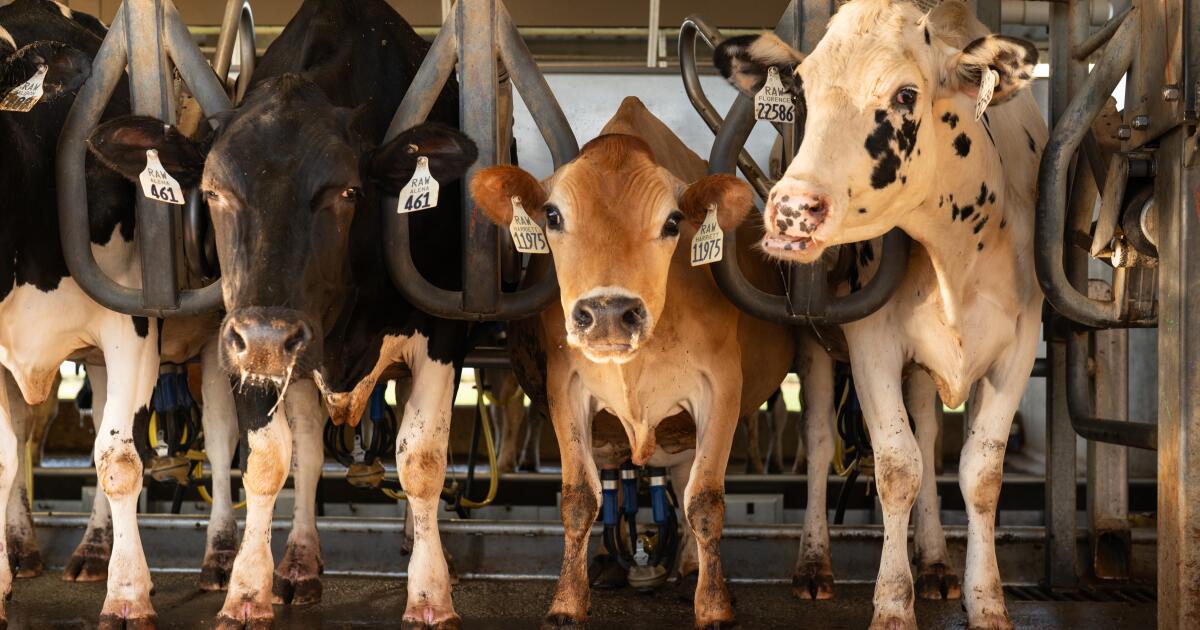Data Skrive
Tre Harris will lead the Ole Miss Rebels (8-3) into their battle versus the Mississippi State Bulldogs (2-9) at Vaught-Hemingway Stadium on Friday at 3:30 p.m. ET.
You’ll want to check out ABC for the upcoming game between the Rebels and Bulldogs.
Keep up with college football all season on FOX Sports.
Is Cowboys-Giants a must-win for Mike McCarthy? | The Facility
Emmanuel Acho, LeSean McCoy, James Jones and Chase Daniel discuss whether the Dallas Cowboys’ Thanksgiving matchup against NFC East rival New York Giants a must-win for Mike McCarthy or not. The Cowboys enter Week 13 with a 4-7 record after defeating the Washington Commanders 34-26.
Learn more about the Ole Miss Rebels and the Mississippi State Bulldogs.
How to Watch Ole Miss vs. Mississippi State
- When: Friday, November 29, 2024 at 3:30 p.m. ET
- Location: Vaught-Hemingway Stadium in Oxford, Mississippi
- Live Box Score: FOX Sports
Read More About This Game
- Ole Miss vs. Mississippi State Predictions
Ole Miss vs. Mississippi State: Head to Head
- Mississippi State has an even 1-1 record against Ole Miss in the past two matchups.
- The Bulldogs have covered one time with one push in those games, with the teams not outscoring the total once.
- Ole Miss has outpaced Mississippi State 39 points to 31 in the past two games.
Ole Miss’ 2024 Schedule
| Date | Opponent | Score |
|---|---|---|
| 8/31/2024 | vs. Furman | W 76-0 |
| 9/7/2024 | vs. Middle Tennessee | W 52-3 |
| 9/14/2024 | at Wake Forest | W 40-6 |
| 9/21/2024 | vs. Georgia Southern | W 52-13 |
| 9/28/2024 | vs. Kentucky | L 20-17 |
| 10/5/2024 | at South Carolina | W 27-3 |
| 10/12/2024 | at LSU | L 29-26 |
| 10/26/2024 | vs. Oklahoma | W 26-14 |
| 11/2/2024 | at Arkansas | W 63-31 |
| 11/9/2024 | vs. Georgia | W 28-10 |
| 11/23/2024 | at Florida | L 24-17 |
| 11/29/2024 | vs. Mississippi State | – |
Ole Miss 2024 Stats & Insights
- Ole Miss has been a tough matchup for opposing teams, ranking top-25 in both total offense (second-best with 532.8 yards per game) and total defense (18th-best with 312.5 yards allowed per game) this year.
- Ole Miss ranks 77th in pass defense this season (224.9 passing yards allowed per game), but has been thriving on the offensive side of the ball, ranking best in the FBS with 361.8 passing yards per game.
- The Rebels have been a tough opponent for opposing teams, as they rank top-25 in both scoring offense (ninth-best with 38.5 points per game) and scoring defense (fifth-best with 13.9 points allowed per game) this year.
- The Rebels rank 57th in rushing yards this season (171 rushing yards per game), but they’ve been shining on the other side of the ball, ranking second-best in the FBS with 87.5 rushing yards allowed per game.
- Ole Miss owns the 54th-ranked offense this season in terms of third-down efficiency (41.4% percentage), and has been better defensively, ranking 14th-best with a 31.8% third-down conversion rate allowed.
- With 19 forced turnovers (23rd in the FBS) against 11 turnovers committed (30th in the FBS), the Rebels’ +8 turnover margin is the 19th-best in college football.
Ole Miss 2024 Key Players
| Name | Position | Stats |
|---|---|---|
| Jaxson Dart | QB | 3,732 YDS (69.3%) / 24 TD / 6 INT 376 RUSH YDS / 3 RUSH TD / 34.2 RUSH YPG |
| Tre Harris | WR | 61 REC / 1,063 YDS / 7 TD / 132.9 YPG |
| Henry Parrish Jr. | RB | 693 YDS / 10 TD / 77 YPG / 5.3 YPC |
| Jordan Watkins | WR | 37 REC / 687 YDS / 7 TD / 62.5 YPG |
| Suntarine Perkins | LB | 56 TKL / 13 TFL / 10.5 SACK / 1 INT |
| Chris Paul Jr. | LB | 80 TKL / 8 TFL / 2.5 SACK |
| Princely Umanmielen | DL | 30 TKL / 10 TFL / 10.5 SACK |
| T.J. Dudley | LB | 68 TKL / 3 TFL / 3 SACK |
Mississippi State’s 2024 Schedule
| Date | Opponent | Score |
|---|---|---|
| 8/31/2024 | vs. Eastern Kentucky | W 56-7 |
| 9/7/2024 | at Arizona State | L 30-23 |
| 9/14/2024 | vs. Toledo | L 41-17 |
| 9/21/2024 | vs. Florida | L 45-28 |
| 9/28/2024 | at Texas | L 35-13 |
| 10/12/2024 | at Georgia | L 41-31 |
| 10/19/2024 | vs. Texas A&M | L 34-24 |
| 10/26/2024 | vs. Arkansas | L 58-25 |
| 11/2/2024 | vs. UMass | W 45-20 |
| 11/9/2024 | at Tennessee | L 33-14 |
| 11/23/2024 | vs. Missouri | L 39-20 |
| 11/29/2024 | at Ole Miss | – |
Mississippi State 2024 Stats & Insights
- Mississippi State ranks 75th in total yards per game (381.5), but it has been worse on the other side of the ball, ranking seventh-worst in the FBS with 462.1 total yards conceded per contest.
- Mississippi State ranks 58th in passing yards per game (234.5), but it has been worse on the defensive side of the ball, ranking 23rd-worst in the FBS with 248.2 passing yards allowed per contest.
- The Bulldogs have been struggling defensively, ranking 13th-worst with 34.8 points given up per game. They have been better on the other side of the ball, compiling 26.9 points per contest (77th-ranked).
- The Bulldogs’ defense has been a bottom-25 unit in run defense this season, ceding 213.9 rushing yards per game, which ranks ninth-worst in the FBS. Offensively, they rank 81st with 146.9 rushing yards per contest.
- Mississippi State’s defense has been a bottom-25 unit on third down this season, surrendering a 47.6% third-down conversion percentage, which ranks seventh-worst in the FBS. On the offensive side of the ball, it ranks 88th with a 47.6% third-down rate.
- At -3, the Bulldogs sport the 87th-ranked turnover margin in the FBS, with 12 forced turnovers (96th in the FBS) and 15 turnovers committed (61st in the FBS).
Mississippi State 2024 Key Players
| Name | Position | Stats |
|---|---|---|
| Davon Booth | RB | 721 YDS / 5 TD / 65.5 YPG / 5.3 YPC 10 REC / 124 REC YDS / 4 REC TD / 12.4 REC YPG |
| Kevin Coleman Jr. | WR | 68 REC / 814 YDS / 5 TD / 74 YPG |
| Michael Van Buren Jr. | QB | 1,606 YDS (54.9%) / 10 TD / 5 INT -3 RUSH YDS / 4 RUSH TD / -0.3 RUSH YPG |
| Johnnie Daniels | RB | 530 YDS / 4 TD / 48.2 YPG / 5.2 YPC 7 REC / 72 REC YDS / 0 REC TD / 10.3 REC YPG |
| Stone Blanton | LB | 102 TKL / 1 TFL / 0.5 SACK |
| Isaac Smith | DB | 93 TKL / 0 TFL |
| Nic Mitchell | LB | 65 TKL / 2 TFL / 1 INT / 1 PD |
| Corey Ellington | DB | 45 TKL / 0 TFL |
FOX Sports created this story using technology provided by Data Skrive and data from Sportradar.
Want great stories delivered right to your inbox?
Create or log in to your FOX Sports account, follow leagues, teams and players to receive a personalized newsletter daily.

